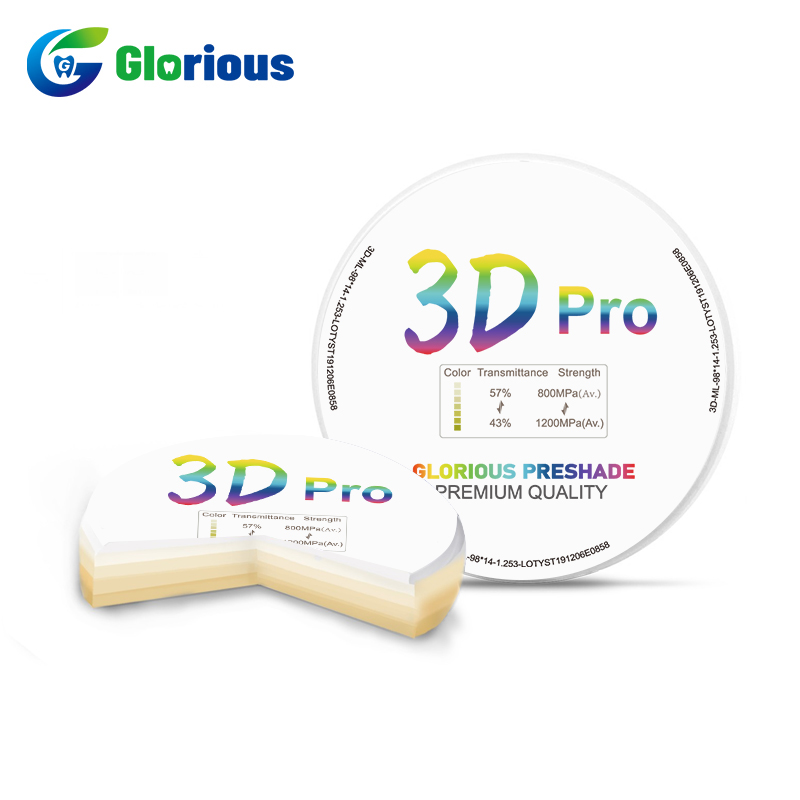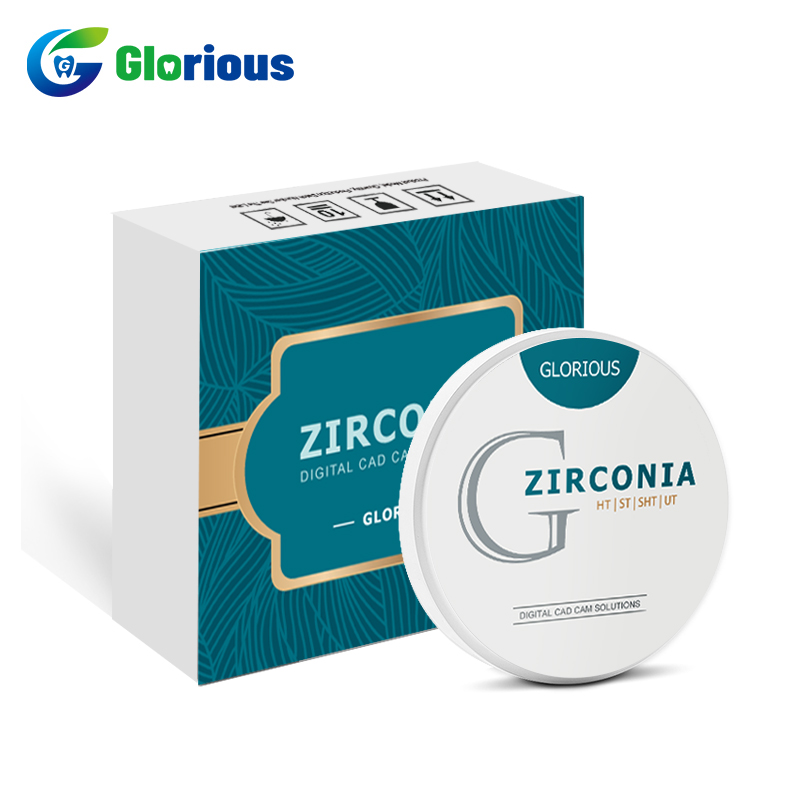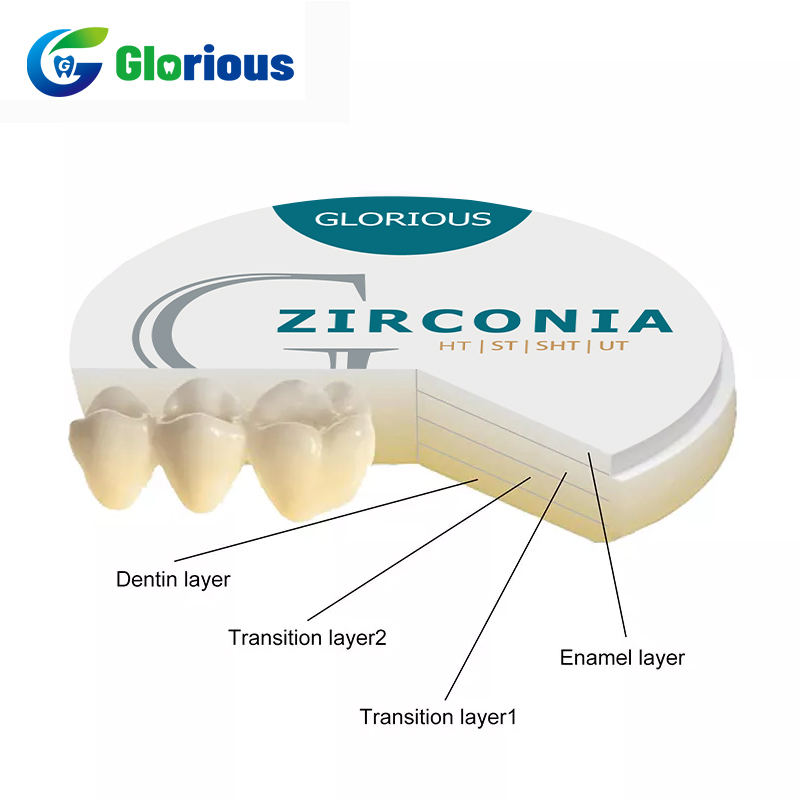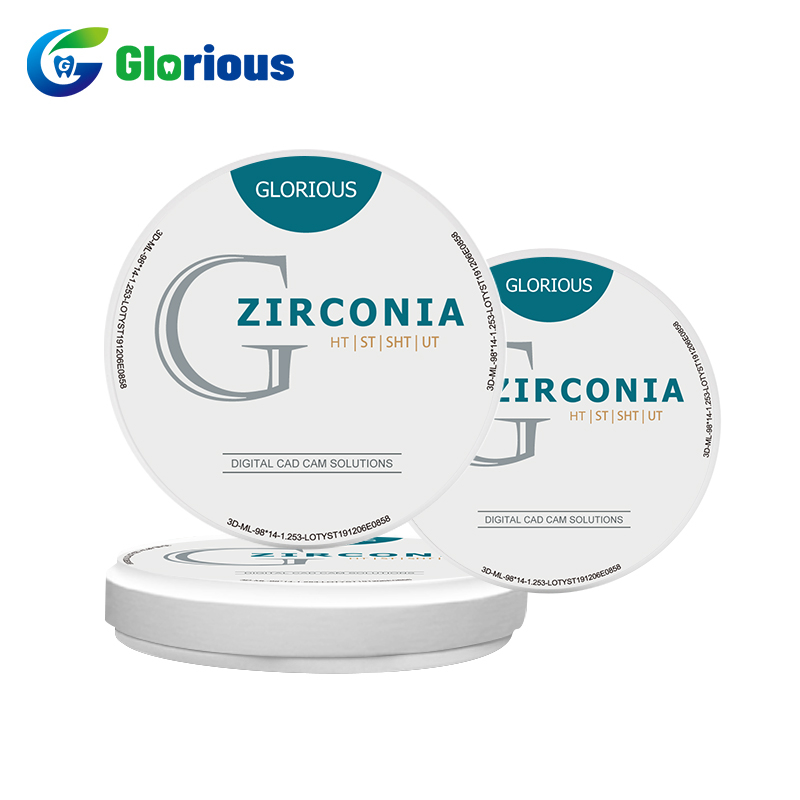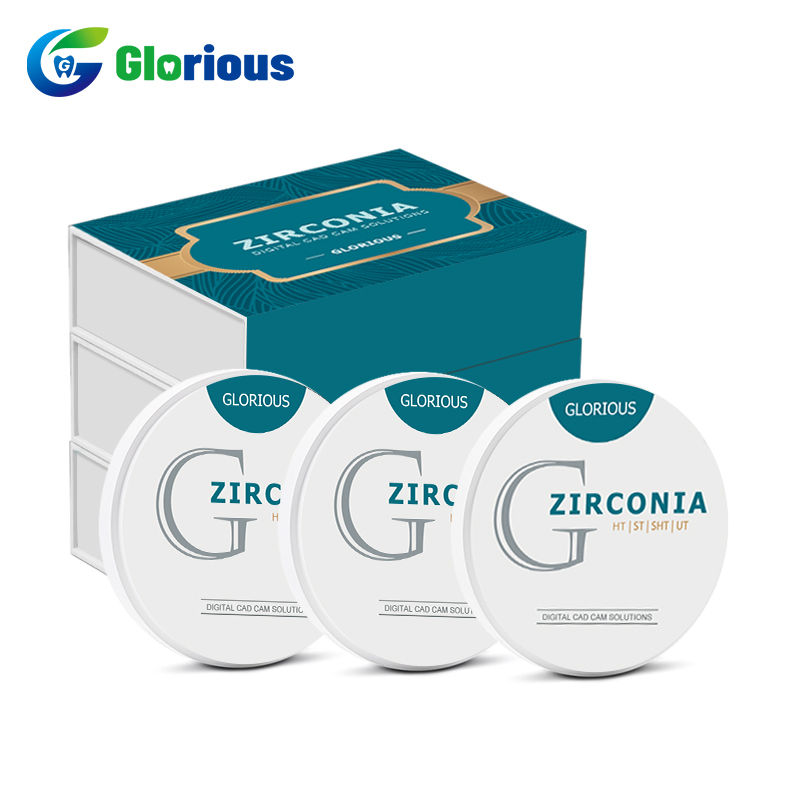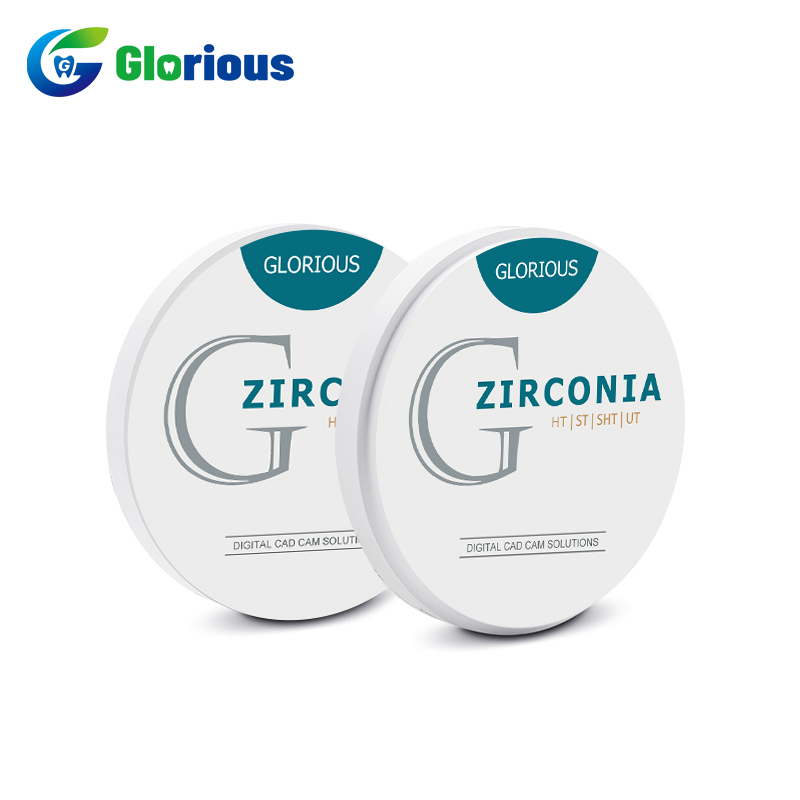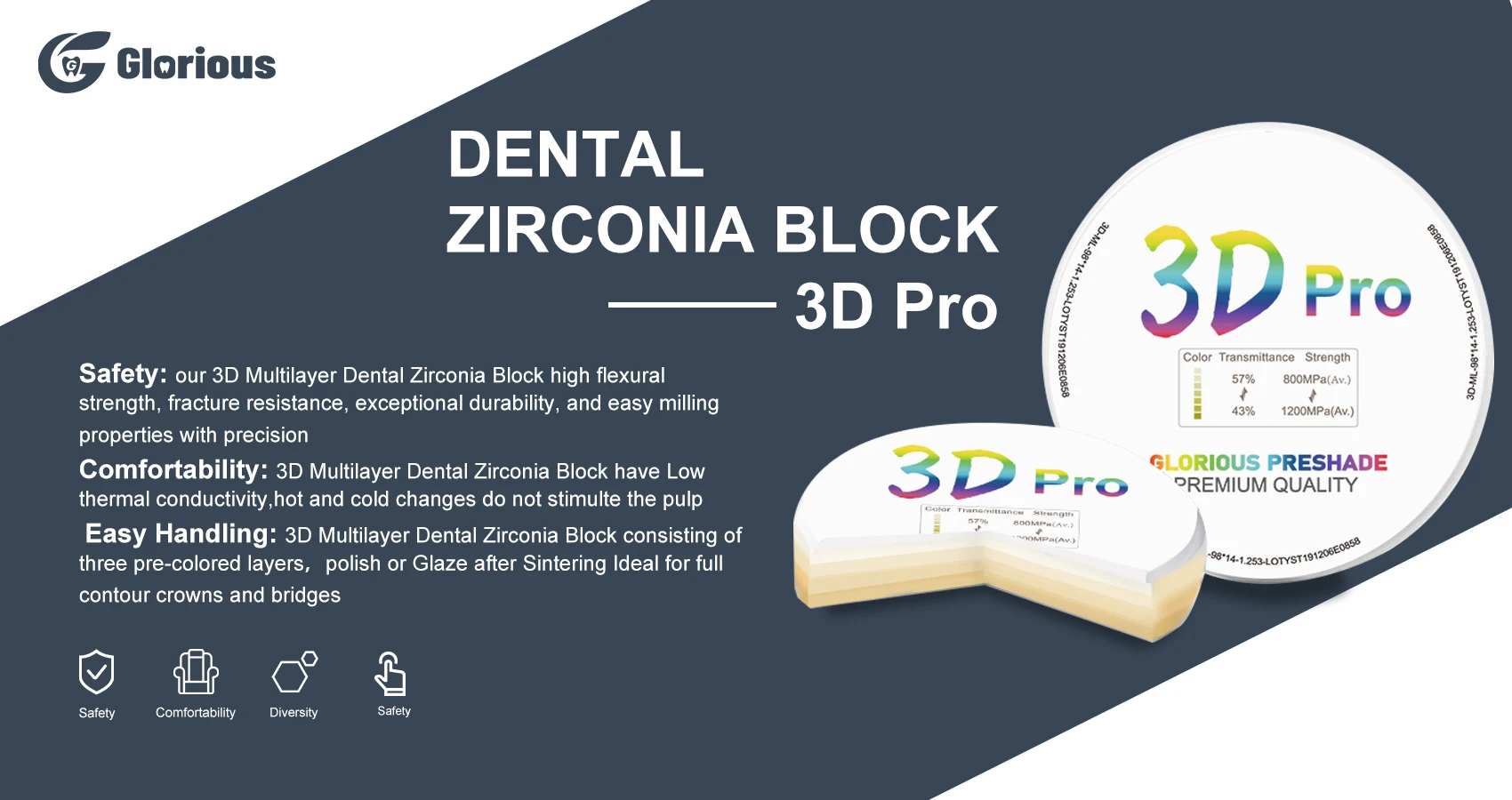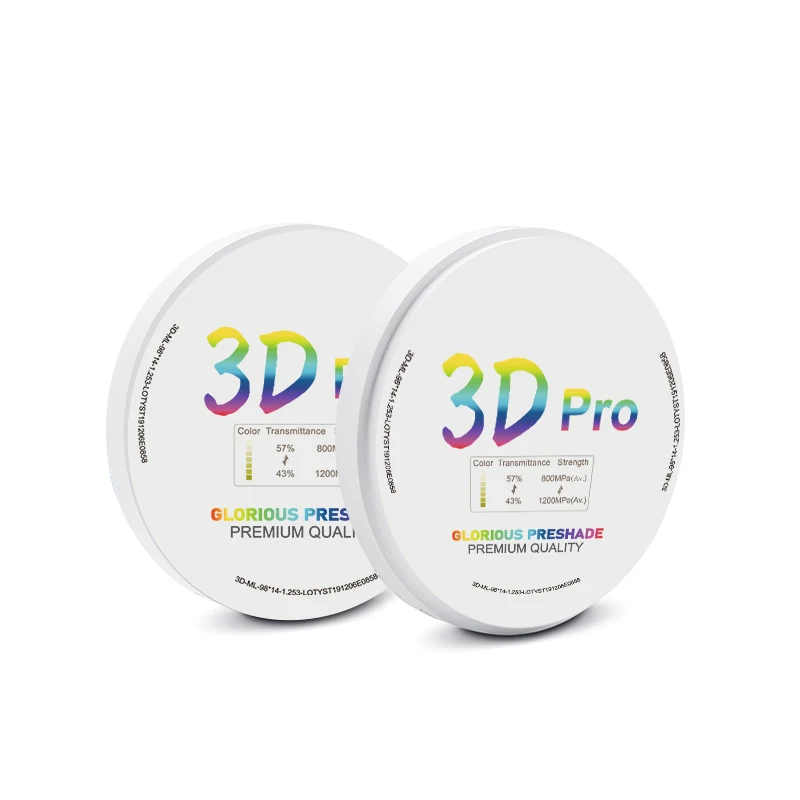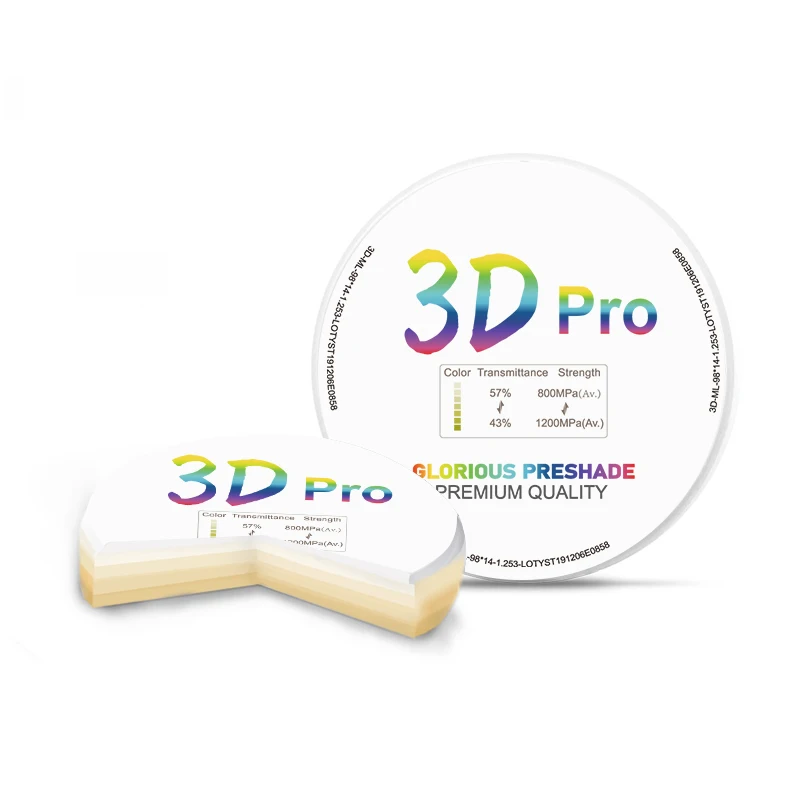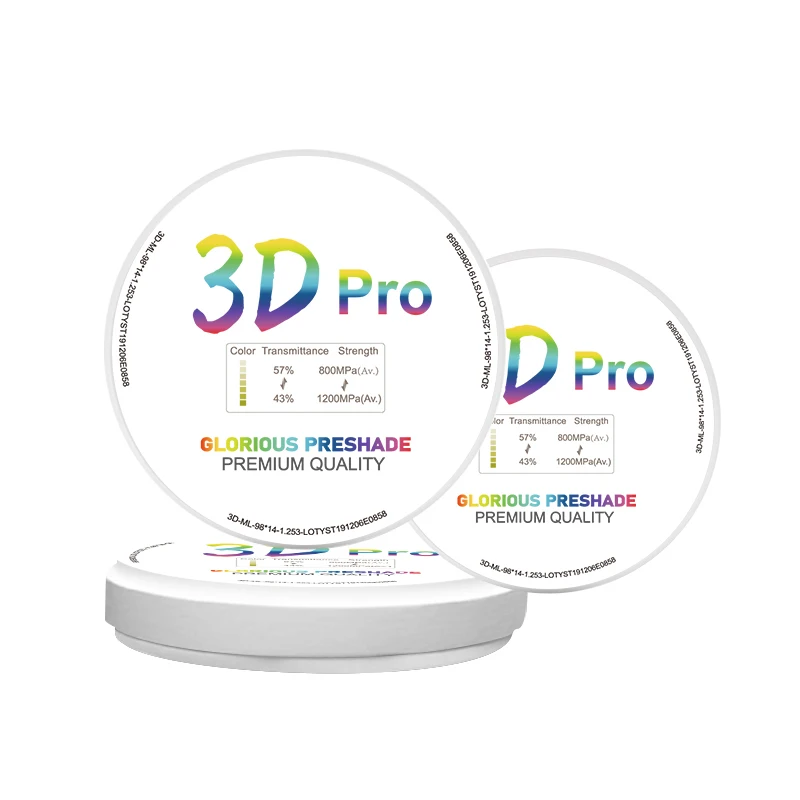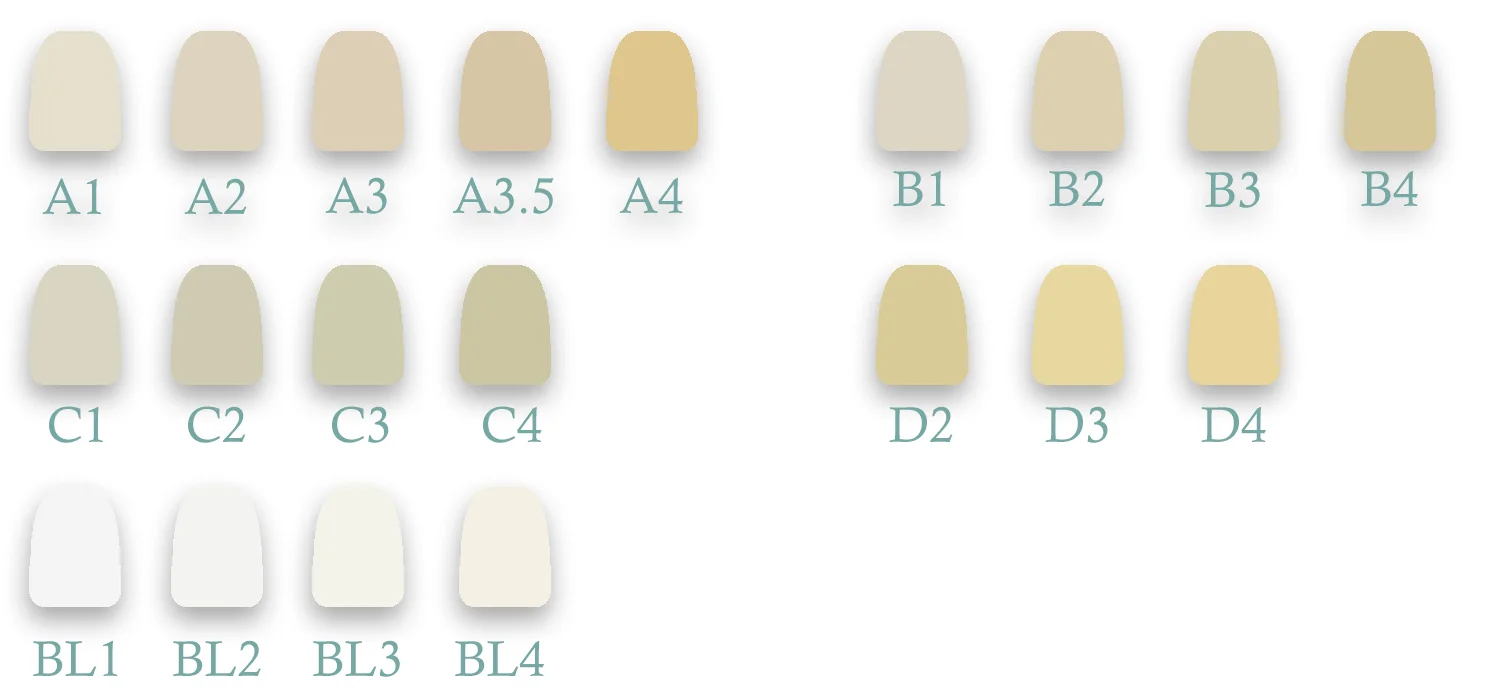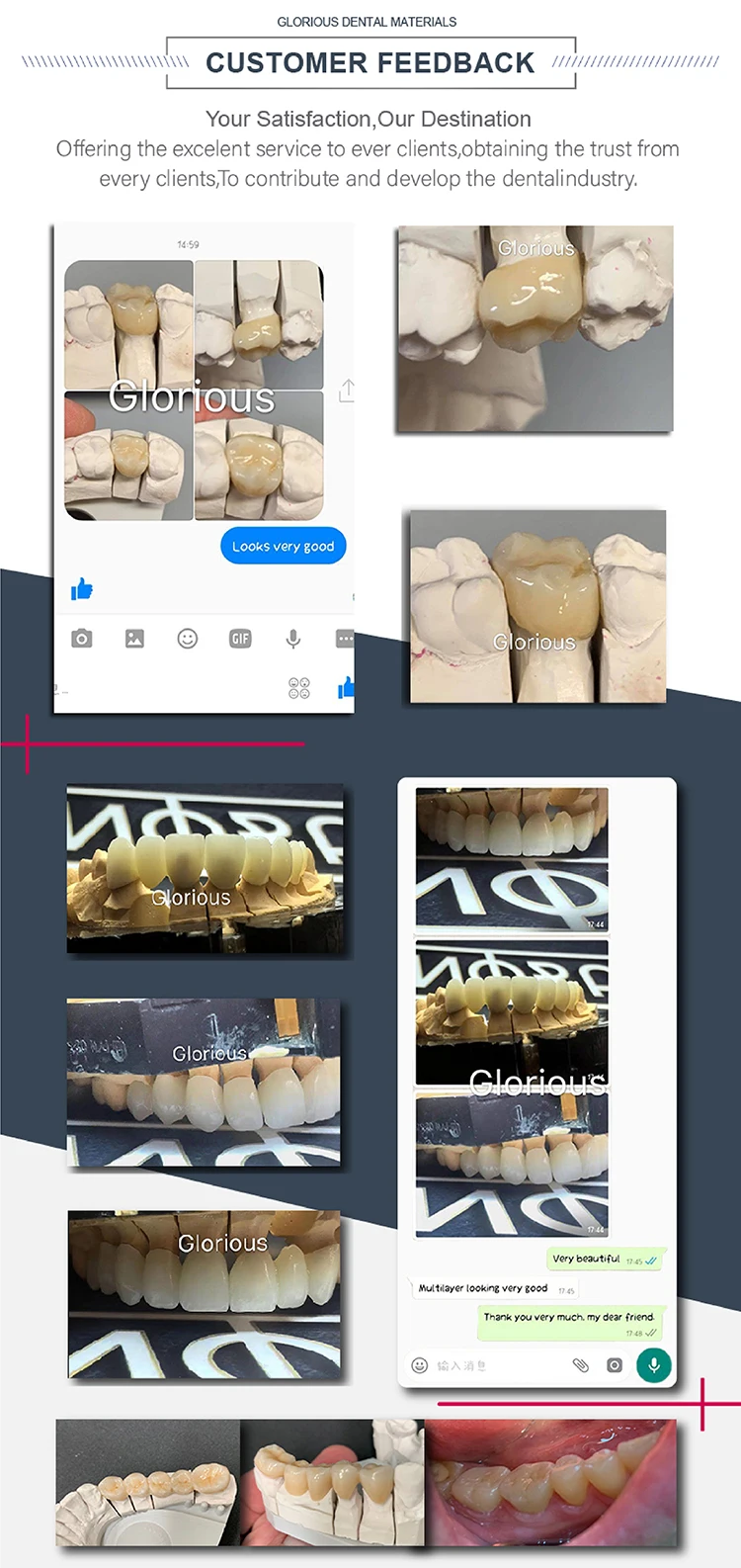Dental Zirconia Block For CAD CAM System
Dental zirconia blocks are an essential component in the fabrication of dental restorations, such as dental crowns, bridges, and implant-supported structures. These blocks are made from high-quality zirconia material, which is known for its durability, biocompatibility, and aesthetic properties
Product Description
Notable characteristic of zirconia is its exceptional resistance to fracture. This property enhances the durability and longevity of zirconia dental restorations, ensuring they remain intact under normal biting and chewing forces. Additionally, zirconia exhibits strong adhesive properties, promoting a secure bonding of the restoration, further contributing to its long-term success.
Zirconia's strong biocompatibility, avoidance of adverse reactions, and resistance to fracture make it an excellent choice for dental restorations. Its remarkable properties offer both aesthetic and functional benefits, leading to durable and successful outcomes in oral cavity applications.
White Zirconia: Refers to a pure white zirconia material. This type is commonly used in dental restorations for its excellent strength and aesthetics.
Preshaded Zirconia: Preshaded zirconia blocks are pre-colored zirconia blocks that eliminate the need for additional manual coloring or staining. These blocks come in different shades to match the natural color of the patient's teeth, resulting in a more lifelike appearance.
Multilayer Preshaded Zirconia: Multilayer preshaded zirconia blocks usually consist of multiple layers of different shades, allowing for a smooth gradation from the gingiva to the incisal edge. This mimics the natural color variation of natural teeth, enhancing the esthetics of the dental restoration.
Versatility: Dental zirconia blocks can be used in both anterior and posterior restorations, offering versatility for a range of cases.
Compatibility: These blocks are compatible with CAD/CAM systems, allowing for precise and efficient digital fabrication of dental restorations. They can also be used with manual fabrication techniques, providing options for dental professionals with different workflows.
